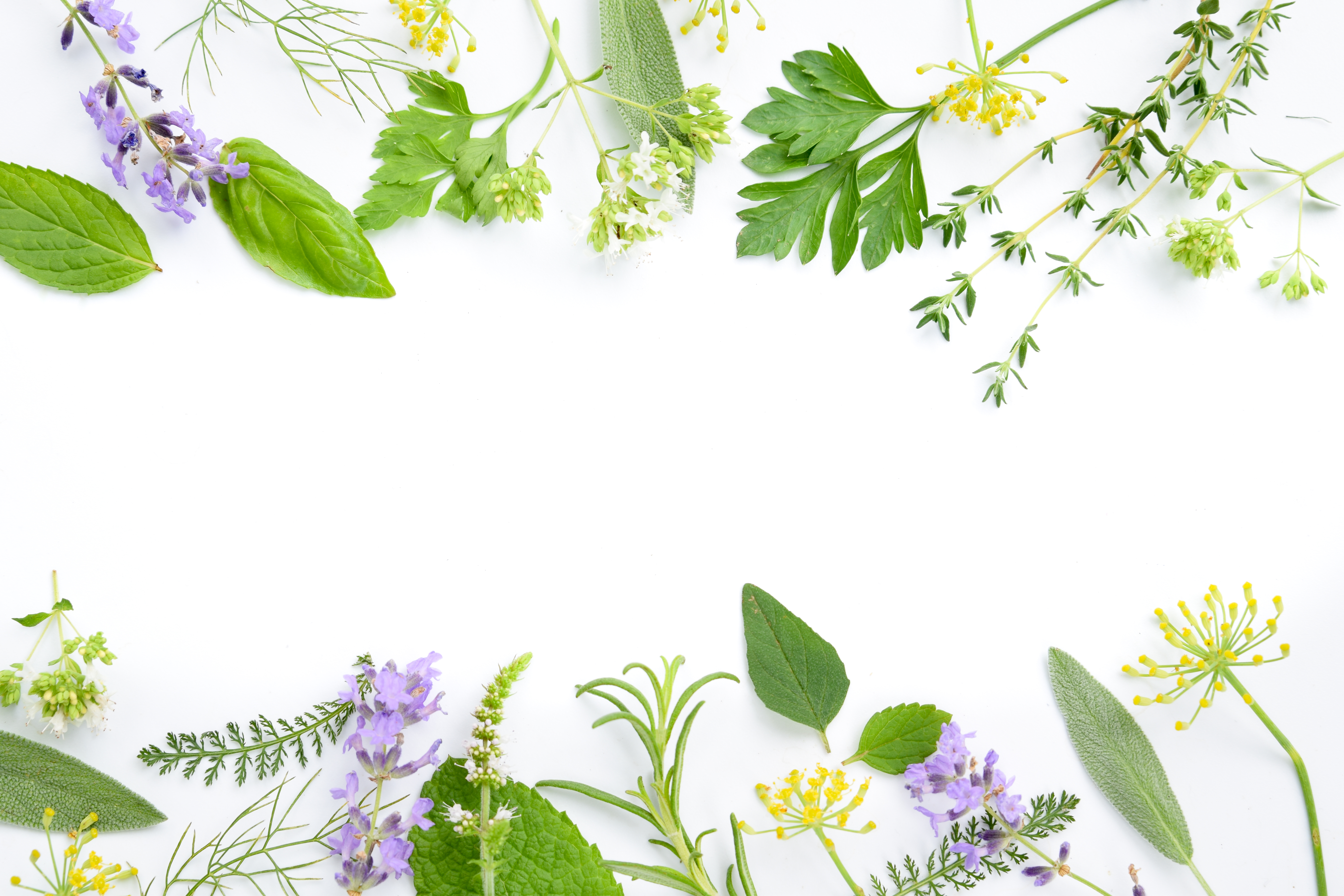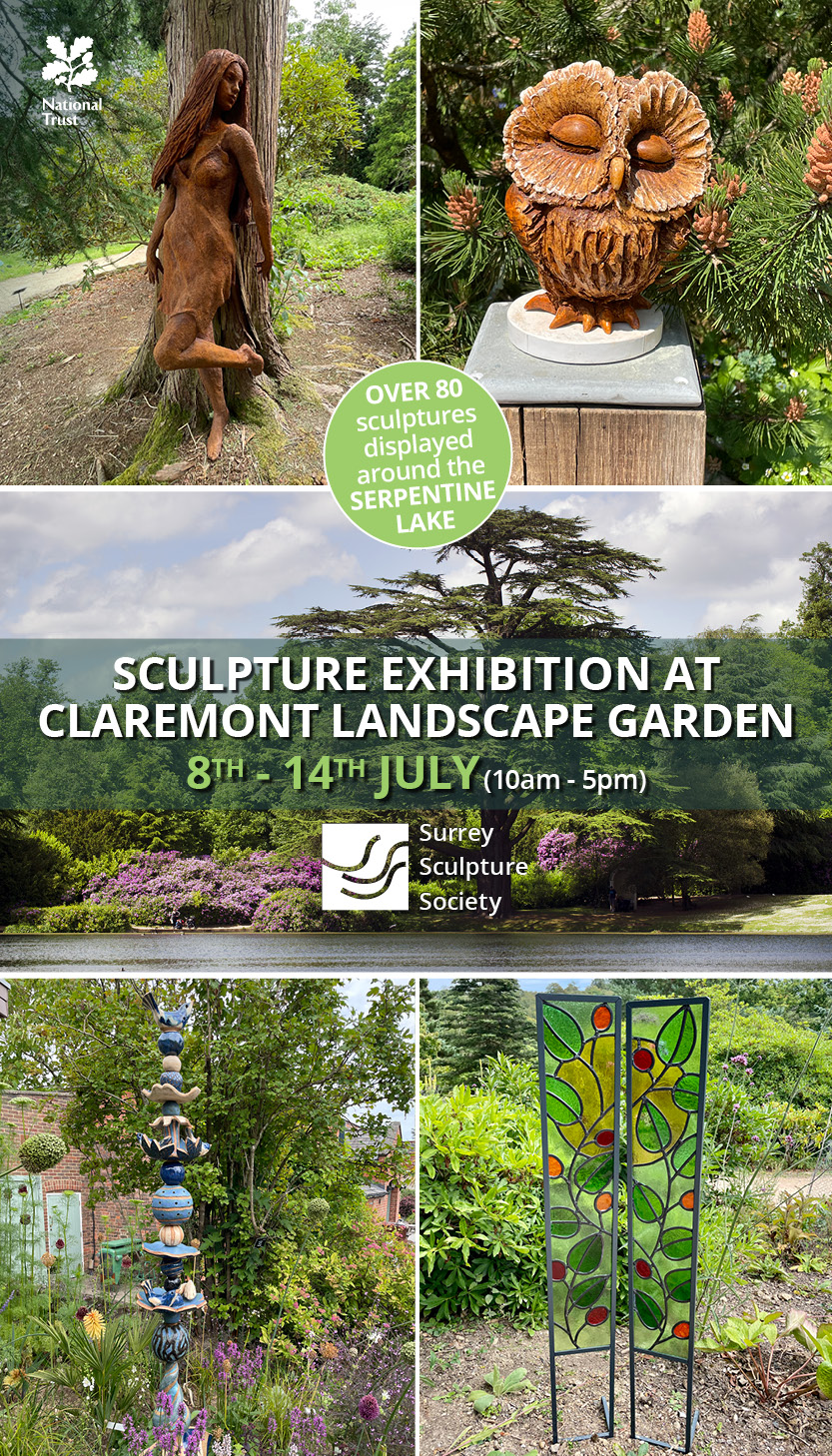Sue Whigham explores the rich history of herbalists
So where to start. Perhaps with John Gerard, 16th century naturalist and herbalist (1545-1612) who had responsibility for many important British gardens including the Physic Garden at the College of Physicians in London. Gerard also had a garden ‘in the suburb of Holborn’ where he cultivated over a thousand rare plants. His Great Herball or, Generall Historie of Plantes was published in 1597 and although he was accused of plagiarism amongst other things, his work became a popular gardening and herbalists reference book in the 17th century. Gerard was known as ‘one that greatly delighteth in strange plants’ but his lack of horticultural education and knowledge led him to make mistakes which included his description of the barnacle tree that apparently brought forth geese!

We went to Dungeness last week as I wanted to introduce my grandchildren to the garden at Prospect Cottage created by Derek Jarman. I can’t say that they were very interested; much preferring the wide open shingle beach and the opportunity to collect pebbles with holes in them.
We did have a seal sighting with a lone seal flipping his catch above his head. And then there was a film crew arranging a black cube on the shingle. ‘It’s art!’ he said with a wink.
To celebrate the purchase of Prospect Cottage by the Art Fund, The Garden Museum at Lambeth have set up an online exhibition on Derek Jarman and his connection with Gerard’s Herball. It seems that he was inspired by the Herball and owned a copy which he used to research the plants growing at Dungeness as well as those he collected for his garden there. His rather beautiful descriptions taken from his diary include that of a purple sage given to him by his neighbours. It seems that sage attracts toads and there was a long line of Boccaccio’s toads that lived under his sage bush for years.
He also noted that nearly all the flowers growing on the shingle are mentioned in Herball or are a part of ancient folklore. And his description of the foxgloves of the Ness is so evocative. ‘Strident purple in the yellow broom, they stand exposed to wind and blistering sunshine, as rigid as guardsmen on parade’.
Foxgloves (Digitalis purpurea) contain digitalis, useful in measured doses for heart conditions, and the plant has a long list of splendid common names including Witches’ Gloves, Dead Men’s Bells and Fairy’s Glove. Jarman describes their speckles being the marks of elves’ fingers.
In a more domestic setting, and before the drought caused such mayhem, herbs such as borage (Borago officinalis) had self seeded in the vegetable garden, and one of my favourites, feverfew (Tanacetum parthenium) had colonised a dry dusty corner and created quite a show especially with a self seeded golden hop weaving its way around the fence above. I hadn’t realised that since ancient times borage has been known to induce euphoria and to have a wonderful effect on both mind and body. I don’t know whether that’s with the Pimms or without. It certainly has the most brilliant blue flowers.
Another firm favourite is sweet cicely (Myrrhis odorata) which too seeds itself around. It is a softer, more fragrant umbellifer than cow parsley and was and can be used as a sweetener with tart fruit like gooseberries, rhubarb and some currants. John Gerard recommended boiling up the root with oil and vinegar and using it as a tonic or a pick-me-up for elderly people who are ‘dull and without courage’. There is something for everyone here!
There’s a decorative thistle that appears in the most unlikely places that is given space in the herb garden at Sissinghurst with the interesting name of milk thistle or Silybum marianum. I’ve got one little plant making itself known on the drive where it gets absolutely no nourishment or water. It has very distinctive marbled-white veined leaves and it has been used for both its medicinal properties and culinary too. The plant contains a substance called ‘silymarin’ which is used for treating any manner of liver complaints. I think it would look particularly good in a well drained gravel garden which emulates its Mediterranean roots.
Lovage (Levisticum officinale) tries very hard to take over what has become a rather chaotic vegetable patch although not so this year. Try out its properties when you’ve been on a long walk as its leaves used to be placed in shoes to ‘revive’ weary travellers. It’s good added to a salad or soup although it has a very strong flavour and needs to be used in moderation. We let ours go this season, along with everything else, and it produced rather beautiful tall yellow umbellifer flowers. If you want to use it for culinary purposes, the young leaves are those to use so the plant benefits from being cut down to produce fresh growth.
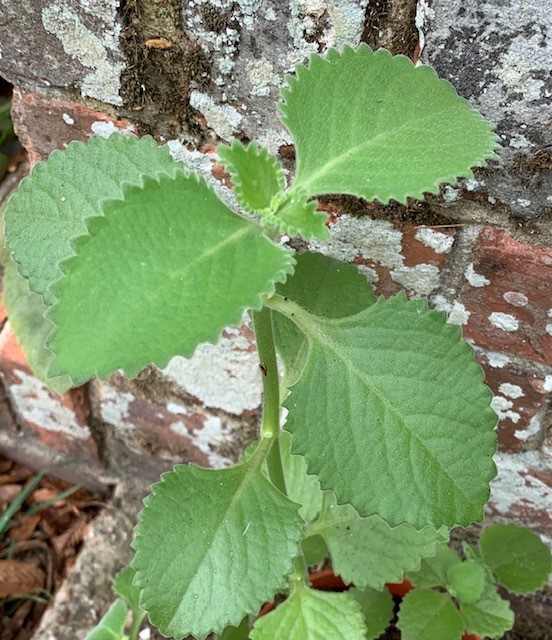
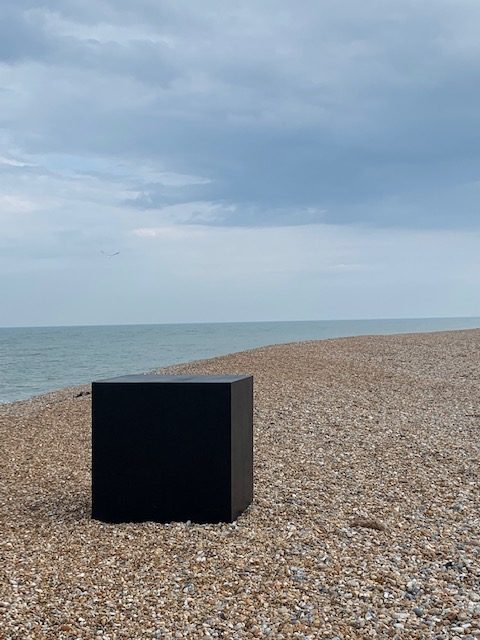
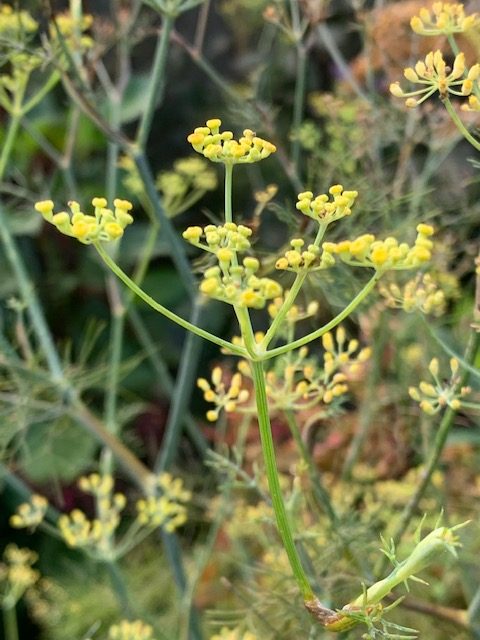
Fullers teasel (Dipsacus fullonum) are a bit of a must in a wildlife friendly garden and once you have them, they will conveniently seed for you. They grow well in inhospitable situations although they have cleverly adapted to winds by growing to a limited height. They certainly are happy in shingle as you can see on your walks at Rye Harbour or Dungeness. Rainwater collects in the pockets formed around the stem and the plant cleverly benefits from the nutrients gathered from the insects that fall in and subsequently drown. Finches are partial to their seeds.
And finally, I really love the extraordinary smell of Wormwood (Artemisia absinthium). It is said to be, along with rue, one of the most bitter herbs and is an ingredient in the spirit, absinthe. It was used as a ‘strewing herb’ to cover unpleasant smells and is useful these days for deterring clothes moths. Try growing it. It is more than happy in DRY but nitrogen rich soils, and its silvery leaves are very decorative. I’ve found that it benefits from a bit of a haircut after the vagaries of a cold winter so take cuttings in the spring to propagate or try growing from seed. It does self seed in optimum conditions although I must say that we haven’t had much luck with that as yet.
Sue Whigham can be contacted on 07810 457948 for gardening advice and help in the sourcing and supply of interesting garden plants.
You may also like
Go with the Flow
Sue Whigham shares some valuable new-to-gardening advice I’m sure that by now we should be used to the rain but I’m not entirely sure that we are. We had a dry, sunny day the other day and how everybody’s mood...
Farm Fables
Jane Howard gets to the bottom of why so many ponds have disappeared across the High Weald I have a new passion, almost an obsession, it’s about ponds. And there’s a distinct possibility I might become a bit of a...
Hedge Issues
Sue Whigham takes a meander along nature’s verdant and vital corridors Recently the BBC’s Today programme carried a feature about England’s hedgerows which created a lot of interest among listeners. On the strength of that, Martha Kearney interviewed one of...
